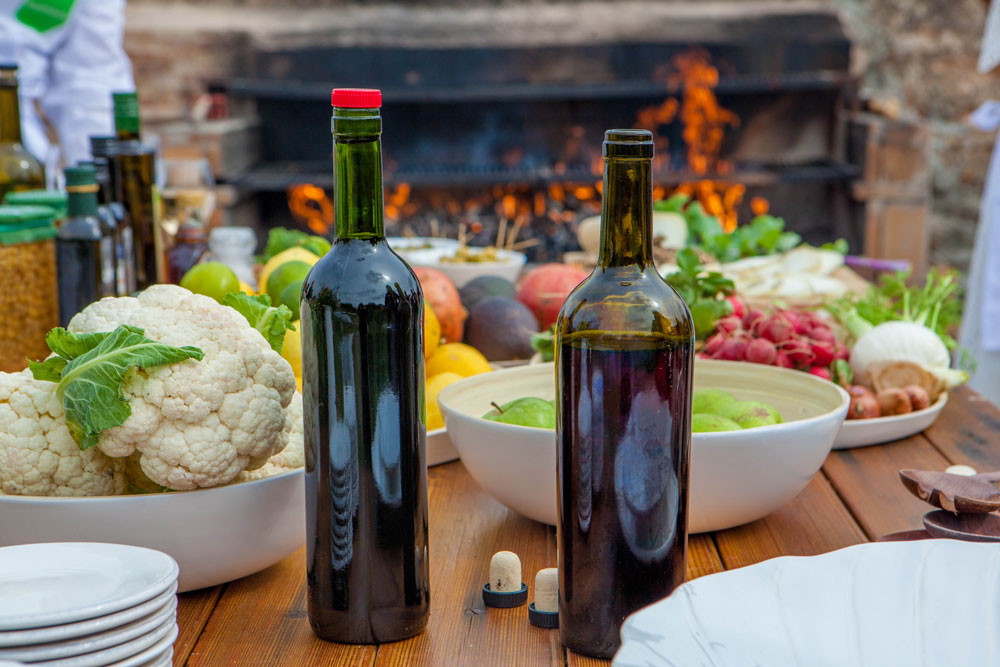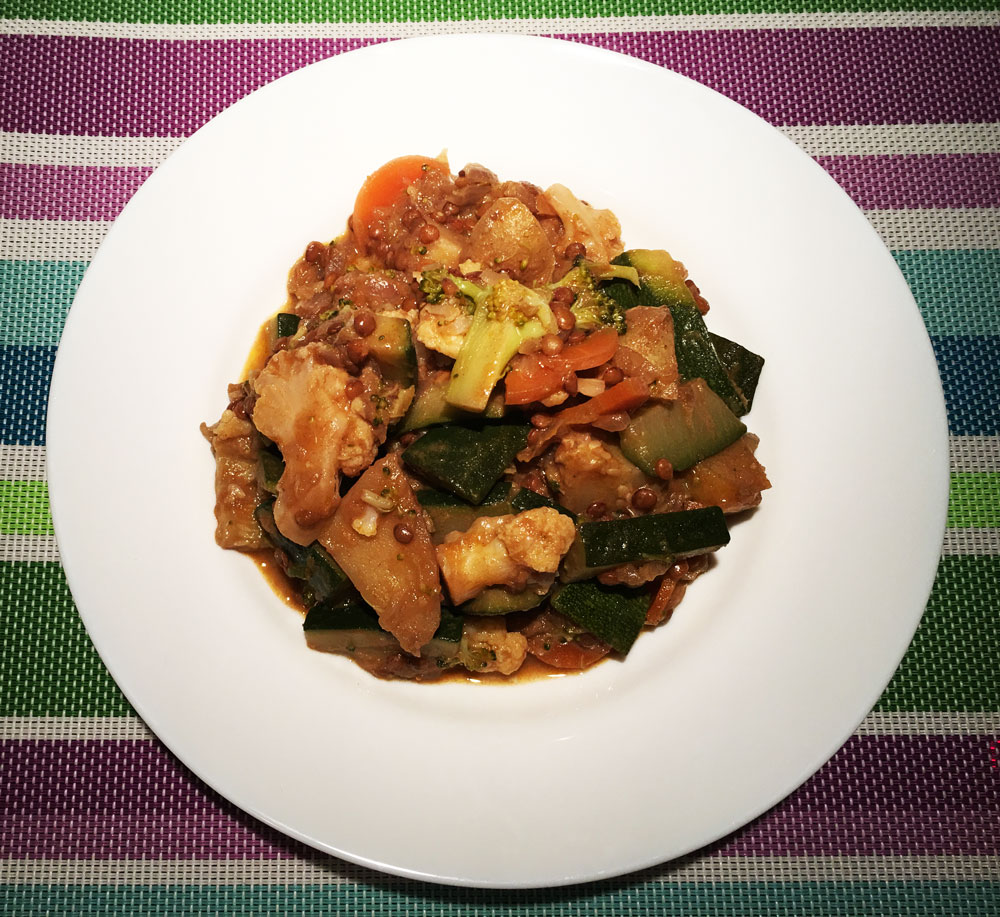Information on inflammation effects
Information on inflammation and the effects on our bodies
Hi there!
This week I am going to talk about inflammation, what it is, how it affects our bodies, what foods to avoid, and what foods to include in our diets. I will finish up with a great little recipe that's got some anti-inflammatory fighting ingredients!
If you are anything like me, you hear the word 'inflammatory' being used quite often especially when it comes to diseases. Millions upon millions of people worldwide suffer from an array of chronic diseases, and chronic inflammation is thought to be a culprit in many of these diseases. I've never really taken the time to find out what it all means until now. I must point out that I am not a medical doctor, I am not a research scientist, I am a person with an internet connection, so with that said, read on, with a large dose of salt (though, don't eat the salt of course).
So let's start at the beginning. There are two types of inflammation: acute and chronic. Acute can be viewed as the 'good' kind, and chronic as the 'bad' kind.
Acute inflammation occurs as part of our bodies immune response. It's our body's attempt to mend itself after an injury, protect itself against foreign invaders like viruses and bacteria, and fix damaged tissue. It's physically characterized by redness, warmth, swelling, pain and sometimes some immobility. Acute inflammation typically only lasts a few days, until our bodies are on the road to recovery.
Chronic inflammation occurs when an inflammatory response in our bodies happens for a long period of time, for several months and even years. Either by way of taking care of a threat to the body, but not knowing when to stop. Or even by way of responding to a perceived threat that does not require an inflammation response in the first place, and again, not knowing when to stop.
There are two ways in which chronic inflammation can happen. If one suffers from conditions such as Crohn's disease, osteoarthritis, lupus, allergies, asthma and inflammatory bowel disease, inflammation can be ongoing. Another way it is thought to continue long term is through habitual or environmental factors such as bad diet, lack of exercise, excess weight, stress, smoking, pollution, poor oral health, and excessive alcohol consumption. Regardless of why chronic inflammation is occurring, it is thought to be a cause of (directly linked to) other diseases such as: heart disease, lung disease, diabetes and even some cancers.
Here are the foods to avoid as they aggravate inflammation:
Foods that contain refined carbohydrates, such as white bread, white rice, white potatoes and pastries
Red meat
Soda and sugary drinks
Fried foods
Margarine
Here are the foods that have been shown to help reduce the risk of inflammation:
Tomatoes
Olive oil
Fruit, including blueberries, pineapple, oranges and avocados
Vegetables, such as broccoli, onions and garlic
Leafy greens, such as spinach and kale
Nuts, such as almonds and walnut
Dried beans and lentils
Fatty fish, like salmon and mackeral
Spices, ginger and turmeric.
10 Health Benefits and Uses for Turmeric Curcumin Supplements
For an in-depth study of just how wonderful Turmeric is for all manner of things, including arthritis, please visit our friends over at COGNITUNE. Turmeric Curcumin Benefits on Lyfe Botanicals.
Also, another wonderful resource on all things Turmeric is FutureYouHealth Turmeric: the definitive guide.
In short, following a Mediterranean style diet (think lots of fruits, veggies and olive oil with a limited intake of protein) can help curb your chances of having chronic inflammation. While these dietary solutions do not alone control inflammation, they can help the immune system to respond in a more efficient way.

Mild Lentil and Vegetable Curry
2 tablespoons of oil
2 medium red onions, finely chopped
2 cardamom pods
1/2 inch piece of fresh ginger, peeled and finely chopped
2 tablespoons of curry paste
1 by leaf
3 broccoli florets, cut into small pieces
3 cauliflower florets, cut into small pieces
1 medium carrot
3 okras, chopped
3 tablespoons of frozen peas
1 zucchini, chopped
1/2 cup of uncooked red lentils, rinsed and drained
11/2 cups coconut milk
Heat the oil in a large saucepan, add the onions and gently fry for 10 minutes until they are golden.
Meanwhile, split open the cardamom pods and remove the seeds. Add the seeds to the pan along with the ginger, curry paste and bay leaf. Fry for a few minutes, stirring occasionally to prevent everything from sticking.
Add the broccoli, cauliflower, carrot and okra. Cook for a few minutes, stirring occasionally, to coat the vegetables in the spices.
Add the peas and the zucchini, together with the lentils and coconut milk.
Bring to a boil, cover, and simmer on medium heat for 30 minutes* or so until the lentils are tender and the vegetables are cooked, stirring occasionally to prevent the food from sticking and burning.
The liquid should now have reduced by half-simmer for a little longer with the lid off if you want drier curry. Remove the bay leaf.
Serve with brown rice, plain yoghurt and salad.
* You may need to cook for longer to get your desired tenderness

Best wishes,
Helén
Explore Popular Articles
Tell Your Pedors Story #5 - Carlo and Pedors Lymphedema Shoes
Do you mind sharing in general terms your primary foot issue or issues?Since early 2023, I have suff...
Tell Your Pedors Story #4 - Debbie S
Hi, my husband has swollen feet and legs. He was not able to put his feet into shoes. I spent hours...
Tell Your Pedors Story #3 - Donna J
Tell Your Pedors Story #3 - Donna J - Shoes For Lymphedema and Lipodema After reading Donna's amazin...
Tell Your Pedors Story #2 - Mildred and Penny D
Wedding Shoes For Swollen Feet Penny conversed with me over email after I reached out to her mothe...
For Shoes Length & Girth Matter. Width is the Key.
Helping patients find the footwear they need for swollen feet edema and lymphedema Modern pharmacolo...
Insurance For Orthopedic Shoes - The Shortfalls
Insurance One of the most common inquiries we encounter at our Fantastically Functional Footw...





